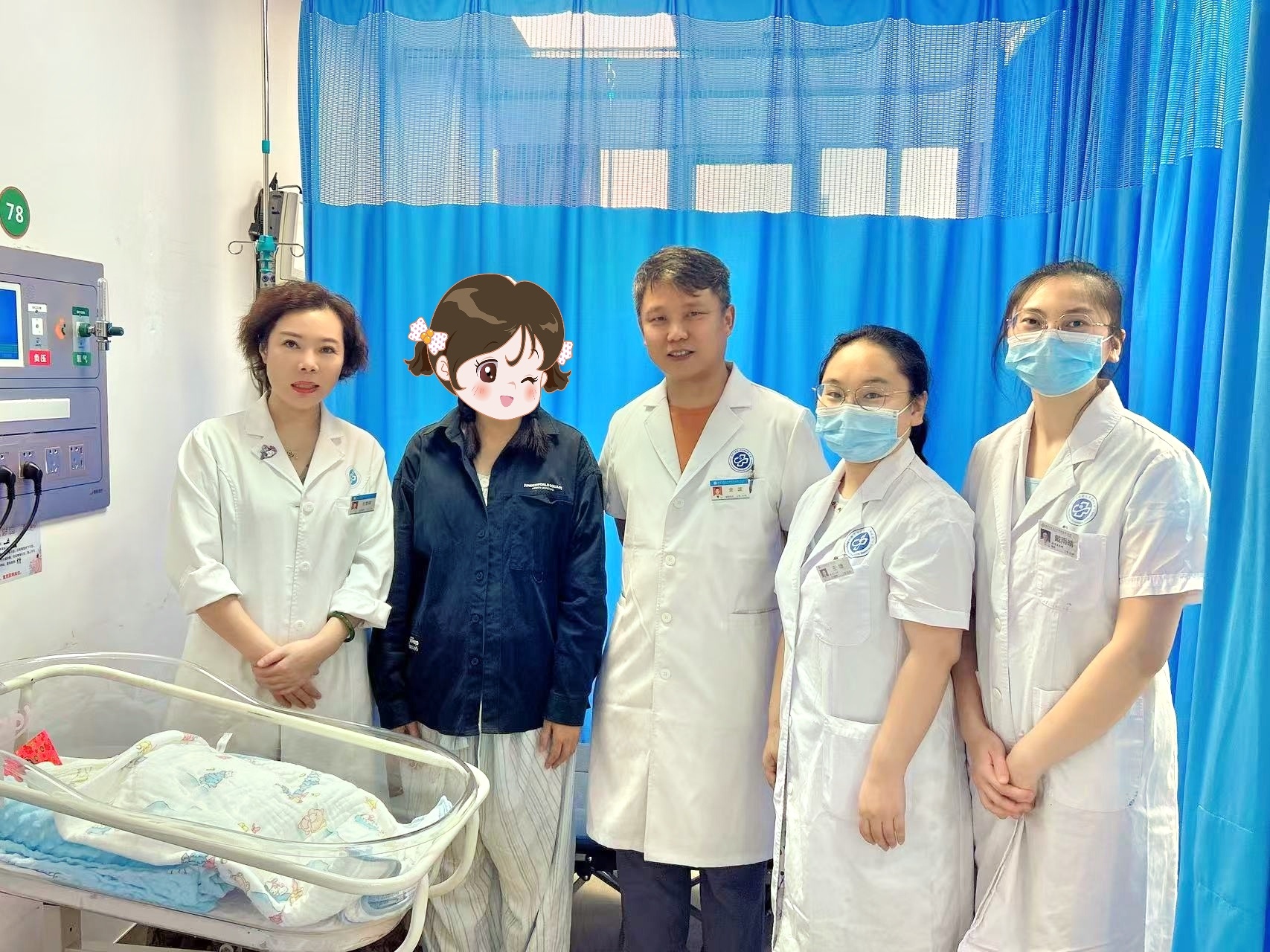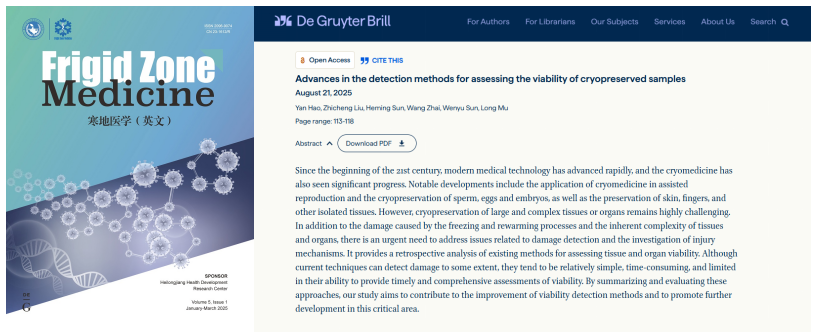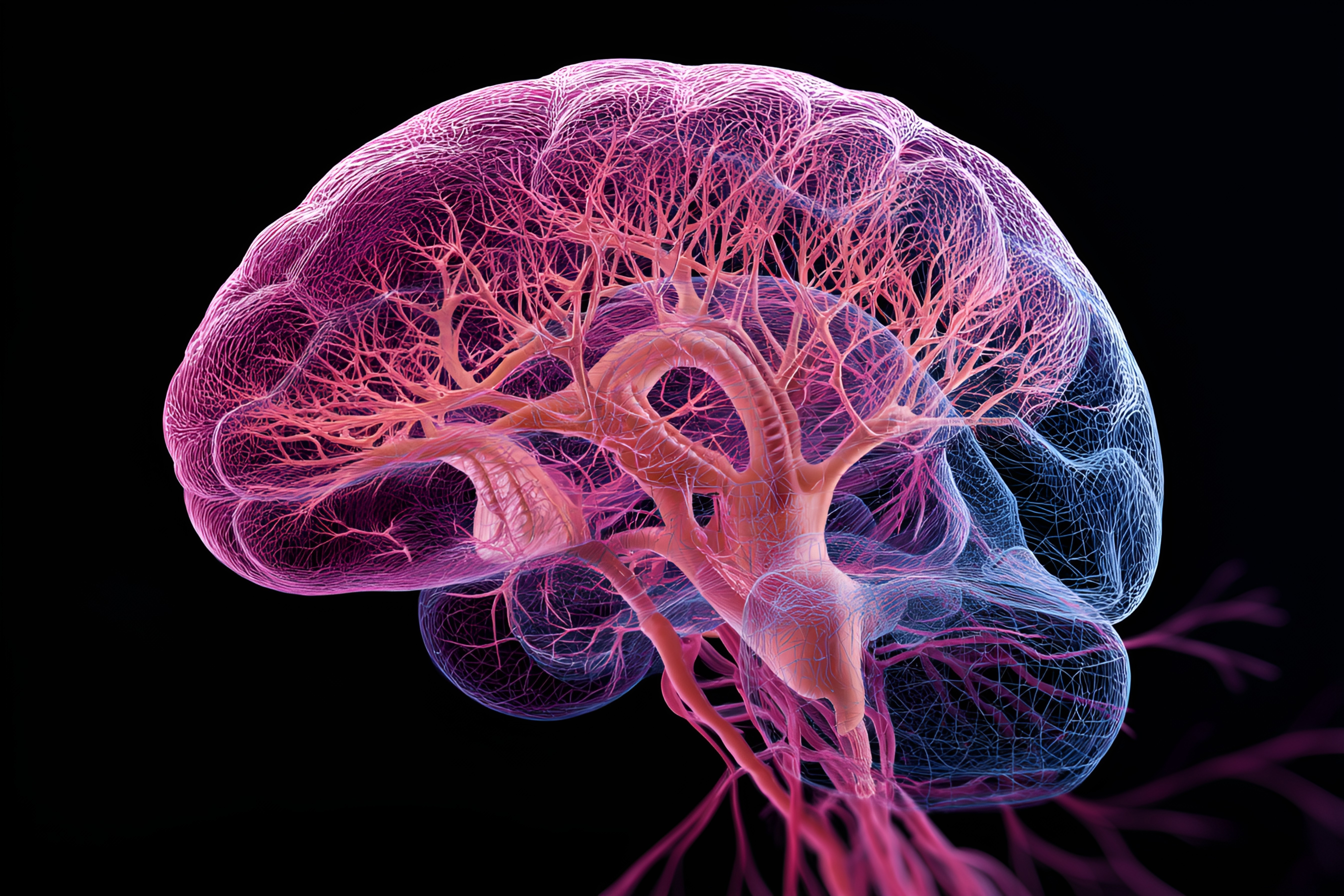Major Breakthrough: Human Kidney Organoids Successfully Transplanted into Pig Kidney, Paving New Path for Regenerative Medicine
Release time:
2025-11-07
On October 21, 2025, researchers from the Catalan Institute of Bioengineering in Spain published a research paper in Nature Biomedical Engineering, announcing a critical advancement in the clinical application of organoid technology, marking a significant milestone for regenerative medicine and personalized healthcare.
Organoid technology holds broad prospects. Organoids cultivated from human pluripotent stem cells (hPSCs) can highly faithfully recapitulate key features of developing human organs, providing a platform for simulating human development and disease. However, the clinical application of organoid technology, such as in tissue regeneration and organ transplantation, faces numerous obstacles. Producing hPSC-derived organoids with scalability, consistency, and reproducibility is particularly challenging.

This study developed a scalable, reproducible, and economical method to generate human kidney organoids (hPSC-kidney organoids) from hPSCs using micro-aggregation and genetic engineering techniques, which can also be differentiated into various kidney cell types. Kidney organoids are three-dimensional structures grown in the laboratory from human stem cells. Although not complete organs, they replicate many key structures and functions, and can be used to study kidney development, test new drugs, and hold potential for repairing damaged kidney tissue or improving organs destined for transplantation.
The research team utilized various techniques, including single-cell RNA sequencing, and found that hPSC-kidney organoids exhibited transcriptional diversity and changes in cellular composition after cell-cell contact. They employed a normothermic mechanical perfusion method to perfuse the hPSC-kidney organoids into an isolated pig kidney, and then transplanted the pig kidney back into the same pig, confirming the successful in vivo transplantation of the hPSC-kidney organoids.
This represents the first successful integration of human kidney organoids with a living pig kidney connected to a normothermic perfusion machine and subsequent transplantation back into a pig. The team also assessed the immune response through multiple means, confirming the procedure's feasibility and effectiveness. At 24 and 48 hours post-transplantation, the hPSC-kidney organoids remained integrated and viable within the pig kidney tissue, did not trigger a significant immune response, and the transplanted pig kidney functioned normally without signs of damage or toxicity.
This breakthrough paves the way for clinical trials using hPSC-kidney organoids for ex vivo cell therapy. The long-term goal of the research team is to achieve organ regeneration or repair through cell therapy prior to transplantation, thereby reducing patient waiting times and increasing the number of healthy organs available for transplant. This study also marks a historic turning point for regenerative medicine, offering new avenues to address the global organ shortage crisis. Nonetheless, challenges remain in translating this from the laboratory to clinical application, including safety evaluation, technical standardization, and ethical considerations. However, with technological refinement and regulatory maturation, cell therapies based on organoids are expected to enter the clinical trial phase within the next 5 to 10 years.
Latest developments
According to the latest announcement from the International Society of Cryobiology, Professor Xu Yi from the School of Health Science and Engineering at the University of Shanghai for Science and Technology, and a member of the Yinfeng Cryomedicine Expert Committee, has been elected as a Board Governor of the Society for a three-year term (2026–2028). The election was conducted through a democratic vote by all members worldwide, with three new Board Governors elected. Professor Xu Yi is the only scholar from Asia elected to the Society’s Board of Governors this time and the third elected scholar from mainland China in the Society’s 60-year history.
The significance of life extension lies not only in technological breakthroughs but also in the shared belief of every individual who believes in "a better future." With faith as their torch, these fellow travelers join hands, pooling their strength to stride forward together. We firmly believe that as this steadfast support converges into a powerful force, it will propel the Yinfeng Life Extension Plan to gain broader attention, inject continuous momentum into the development of cryobiomedicine, and illuminate the next chapter of human civilization.
Over the two days, the symposium was not only a collision of ideas but also seeds sown to advance social progress in life culture. The Shandong Yinfeng Life Science Public Welfare Foundation will continue to use technology as wings and culture as roots, collaborating with all sectors of society to enhance the quality of life for the Chinese people and build a human-centered life care system.
According to recent announcements by the Jinan Municipal Bureau of Science and Technology, 11 outstanding achievements from Jinan have been included in the 2025 "Shandong Outstanding Achievements Report" project. Among them is the globally first-of-its-kind ovarian tissue dual-activation technology developed by Shandong Silver Med Life Science Research Institute (Jinan).
Recently, Frigid Zone Medicine, an authoritative international journal in the field of cryomedicine, published an important review titled "Advances in the Detection Methods for Assessing the Viability of Cryopreserved Samples". Written by the team of Yinfeng Cryomedical Research Center, the article systematically reviews and analyzes various detection techniques currently used to evaluate the viability of cryopreserved cells, tissues, and organs. It also proposes key directions from the perspectives of methodological integration and future instrument development, offering crucial theoretical support and practical guidance for the long - term cryopreservation of complex tissues and organs.












